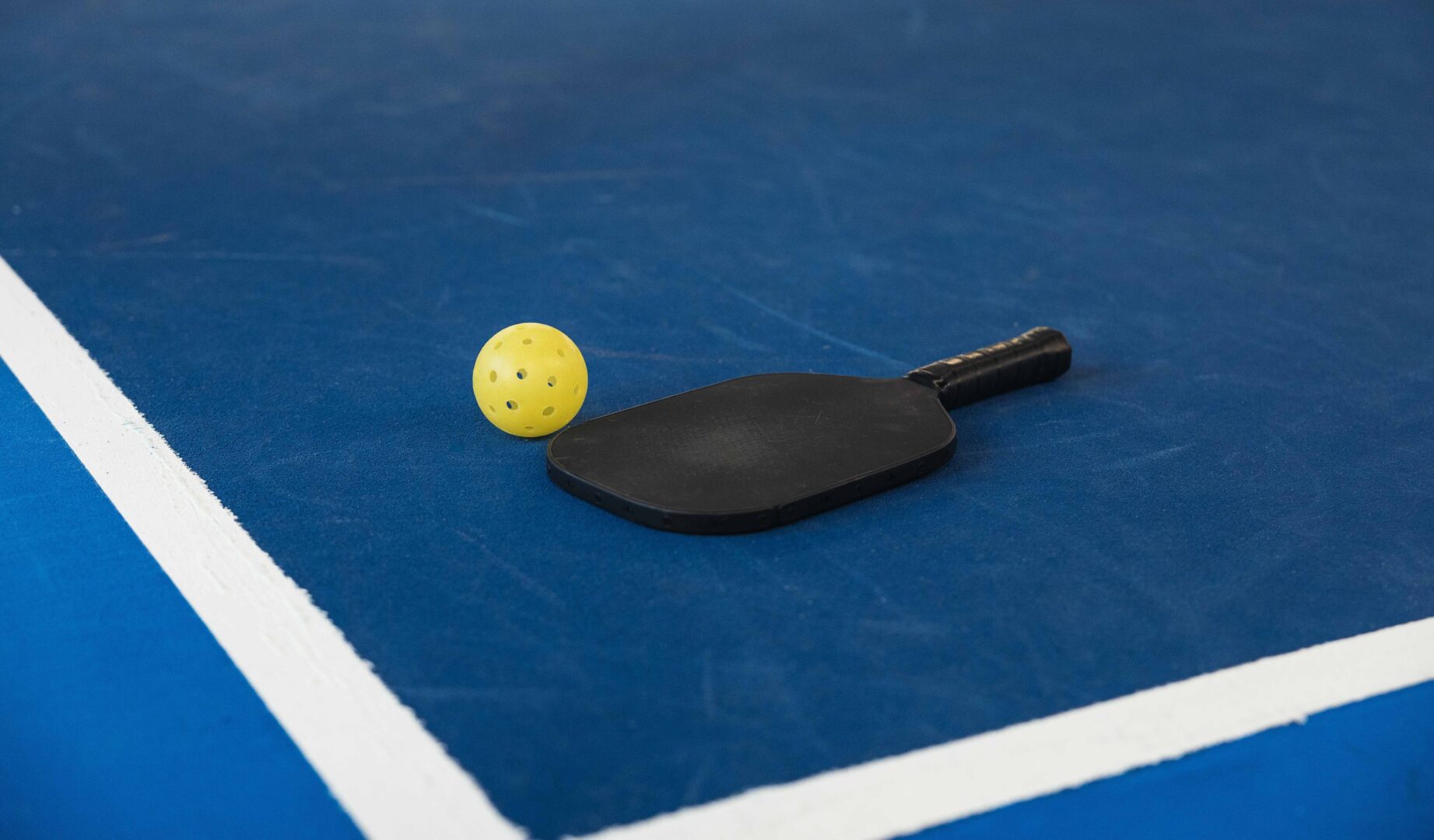 The dynamic sport of pickleball, a blend of tennis, badminton, and ping-pong, has been experiencing a meteoric rise in popularity, cutting across age and demographic boundaries. This unique sport isn’t merely a trendsetter; it’s an economic booster, a conduit for an active lifestyle, and a facilitator of community engagement. It’s reshaping the health sector dynamics by stimulating an estimated $500 million in health-related expenditures, which is paving the way for massive strides in sports medicine and safer sports practices.
The dynamic sport of pickleball, a blend of tennis, badminton, and ping-pong, has been experiencing a meteoric rise in popularity, cutting across age and demographic boundaries. This unique sport isn’t merely a trendsetter; it’s an economic booster, a conduit for an active lifestyle, and a facilitator of community engagement. It’s reshaping the health sector dynamics by stimulating an estimated $500 million in health-related expenditures, which is paving the way for massive strides in sports medicine and safer sports practices.
Despite the concern regarding health expenditures linked to pickleball, it’s essential to approach this figure as an economic stimulus rather than a detriment. It’s catalyzing job creation, propelling research and innovation in sports medicine, and nurturing the development of specialized treatments and rehabilitation programs. This considerable economic input is not a harbinger of harm but a call to improve safety measures within the sport, thereby setting a precedent for all physical activities.
Pickleball’s swift growth nationwide has encouraged increased physical activity among the populace, particularly among seniors who might otherwise be drawn to a sedentary lifestyle. This sport offers an engaging and social avenue for enhancing cardiovascular health, improving agility, and developing strength and coordination. It’s a testament to the philosophy that physical fitness can be fun and entertaining, thereby promoting consistent participation.
Moreover, the benefits of pickleball extend far beyond the physical domain. It has profound psychological benefits as it helps reduce stress, elevate mood, and boost self-esteem. It stimulates brain function, improving cognitive abilities such as strategy building, concentration, and quick decision-making. The sport is as much about mental agility as it is about physical speed, adding a captivating layer to the game.
Pickleball also plays a significant role in community building. It fosters social interactions and camaraderie, contributing to a sense of belonging. This aspect is particularly crucial at a time when social isolation is becoming an alarming issue. Pickleball courts often turn into meeting places, connecting people and nurturing relationships. For many, it’s a healthy, active social outlet that mitigates feelings of loneliness and isolation.
Furthermore, the sport promotes intergenerational engagement, breaking down age barriers in a way few other activities can. It’s a game that a grandparent can enjoy with a grandchild, fostering deeper connections and mutual respect among generations.
While the risk of injuries exists, as it does with any sport, pickleball’s health benefits outshine potential negatives. The rise in health expenditures is not an alarm but a sign of the sport’s growing popularity, driving the conversation toward implementing safety protocols. Emphasis on protective gear, warm-up and cool-down routines, safety rules, and training on proper technique will ensure the sport’s continued growth with minimal health risks.
In essence, the sport of pickleball stands as an icon of health, fitness, and community spirit. The associated $500 million in health-related expenditures can be viewed as a catalyst for change, motivating developments toward safer sports, advanced medical treatments, and a more active, inclusive society. Pickleball is not just a game; it’s a wellness revolution, encouraging individuals to lead healthier lives while also positively contributing to the economy.






